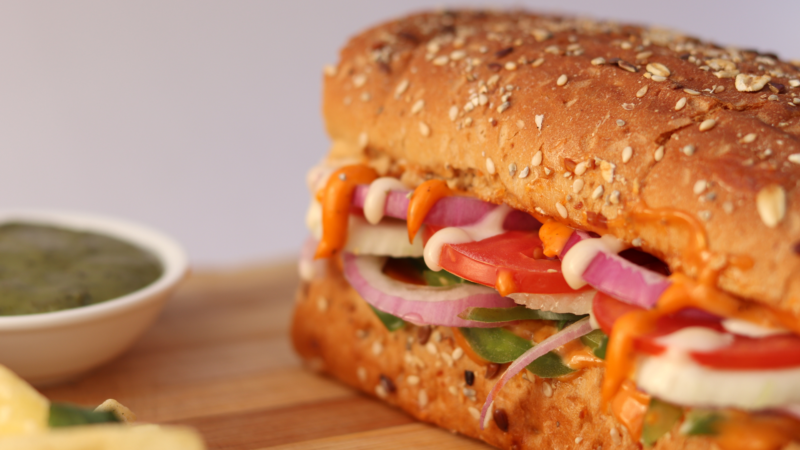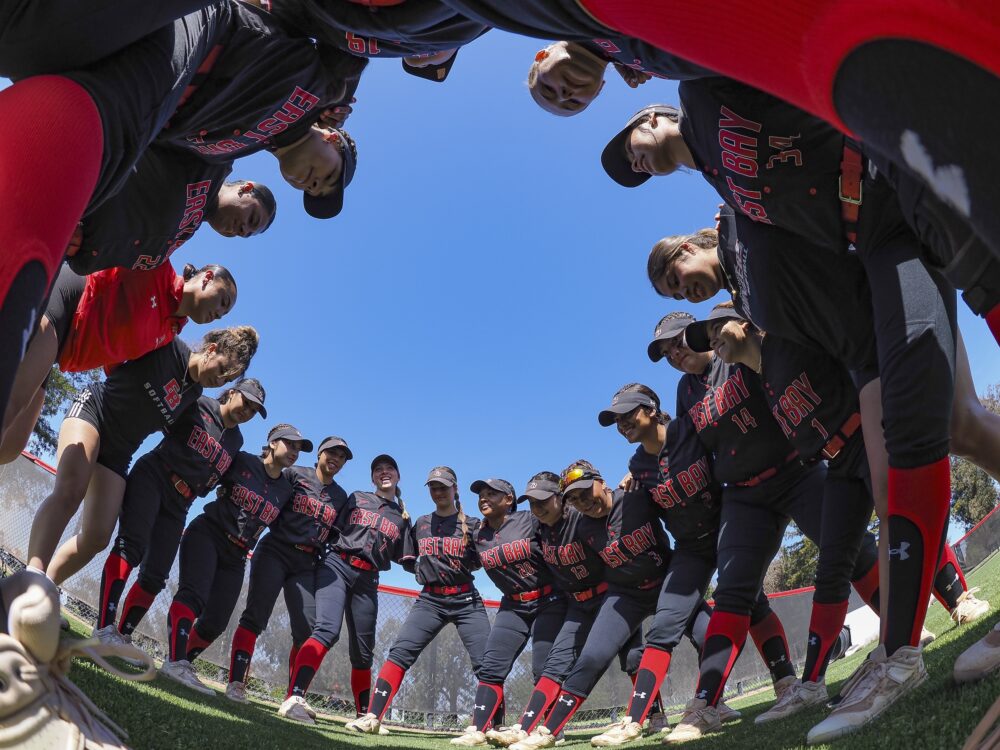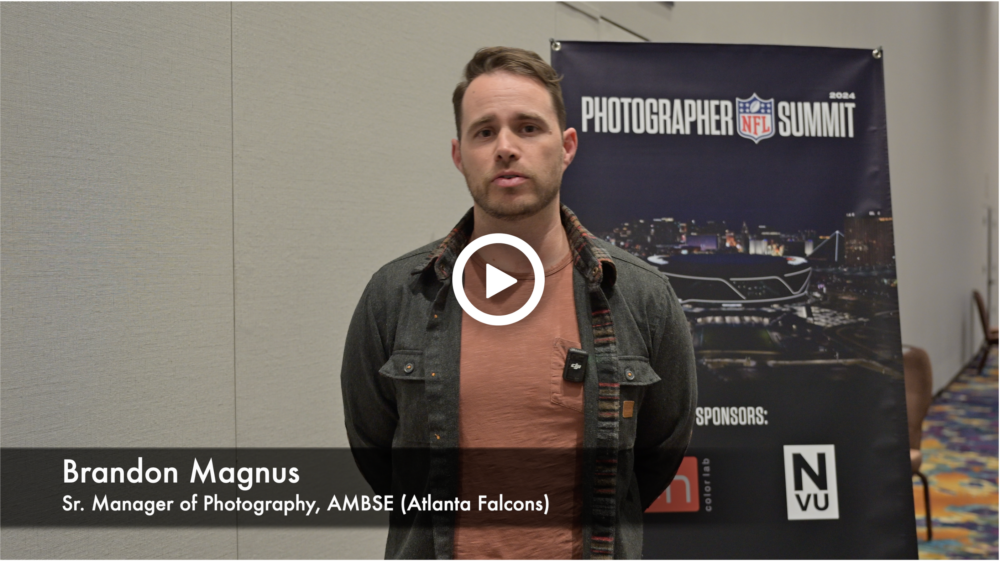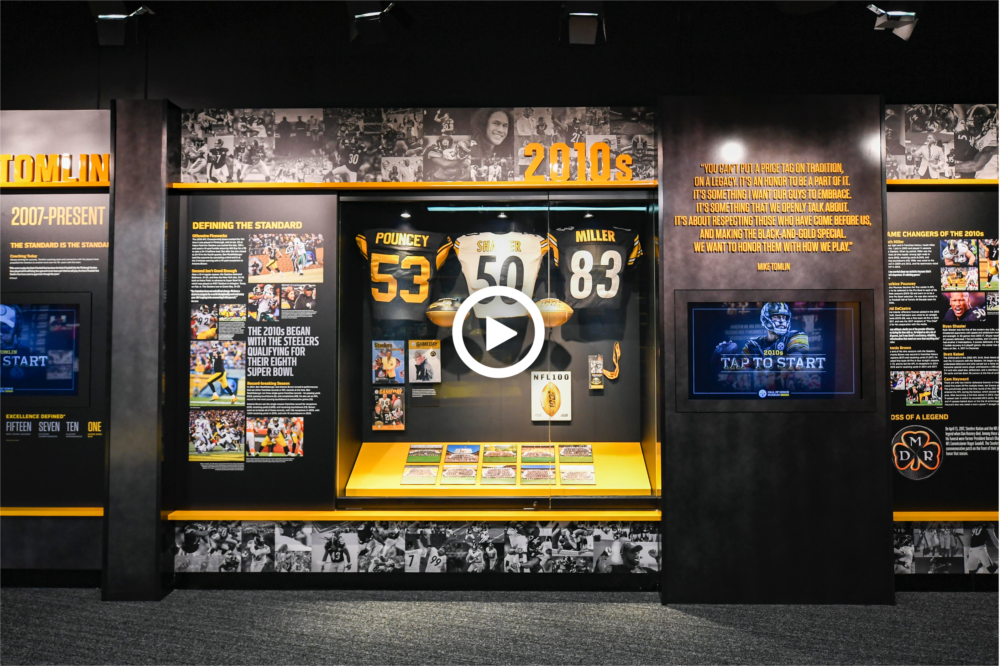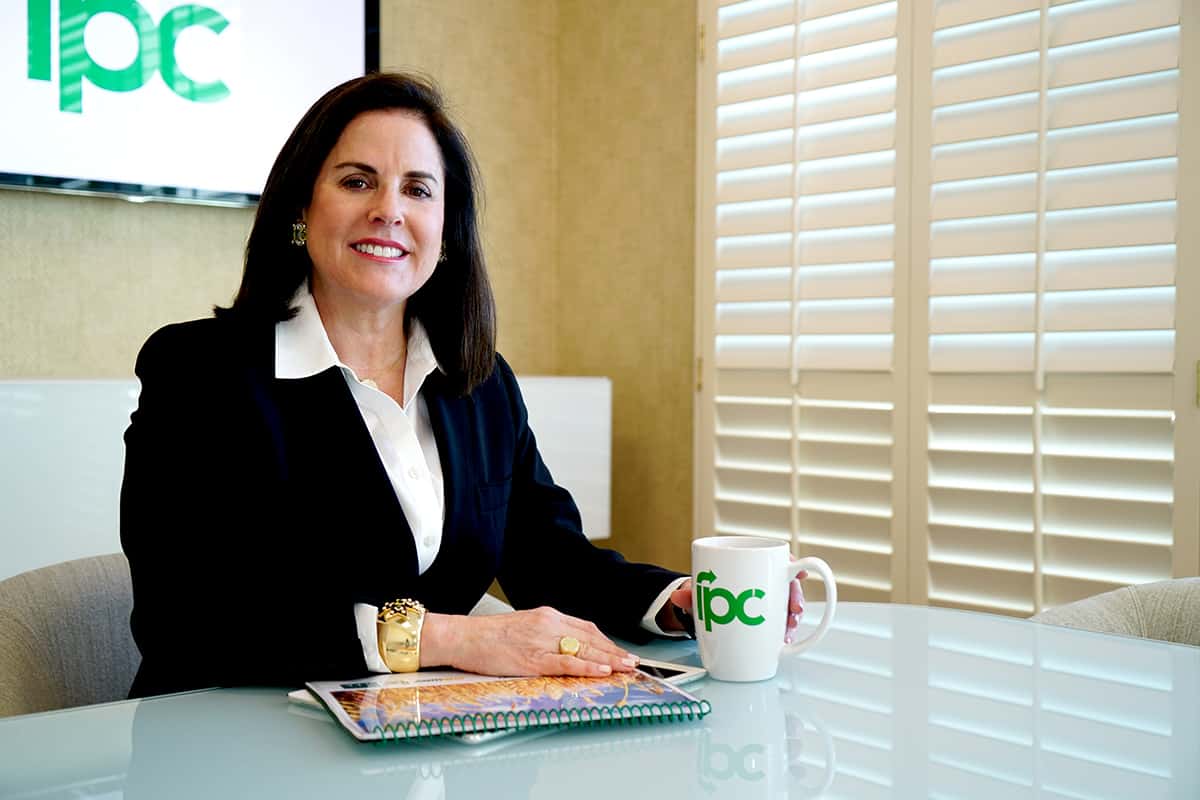
When IPC and the fast food chain it serves started their rebranding, Jeremy and his team decided it was time to find a better way to keep everyone on the same page when communicating with stakeholders.
“We have to make sure that when they see our logo or they see our images that it’s very easy for them to understand and get the communication, and that communication has the exact same look and feel every time,” says Jeremy.
The first step was to find a better solution for sharing assets.
“Before, I used Dropbox, which is fine from a storage standpoint, but for sharing, obviously it’s a nightmare,” says Jeremy.
Next, he tried out Canto.
“It got us in the game and helped us understand how digital asset libraries work, but the hardest part with that was the layers and the UI – just was not modern and friendly,” says Jeremy. “The comment that I heard a lot was, ‘it’s hard to download, and it’s glitchy and slow.’”
Finally, he convinced his leadership team to invest in PhotoShelter so he could provide quick, easy access to on-brand assets.
“My argument was, hey, this is the best out there and it shows that this is second to none – that we have a priority on our franchisees and doing things the right way and having the right look,” says Jeremy. “I think just keeping people on the same page shows a level of professionalism, and having a tool like PhotoShelter really says, hey, we’re doing this the right way. It’s important to us.”
Once he got the go-ahead, he moved all of IPC’s creative assets into PhotoShelter.
In just a few days, he had migrated thousands of assets into the new library and was ready to open it up to the team.
“The migration was very easy – it was very simple, it was straightforward. The drag and drop makes it easy,” says Jeremy. “Having it in a nice interface like this, it was refreshing to kind of start clean.”
Now, the new system is having a powerful ripple effect. Let’s break down the benefits for Jeremy and his team.
1. Reduced workload and cost.
Jeremy does four or five photo shoots a year in restaurant locations to make sure his team has everything they could possibly need to communicate with franchisees.

Now, he can make all of those assets easily available to team members around the world right after a shoot.
“I can drag all of those things directly into PhotoShelter, and then we get our intern or somebody else in the department to start tagging,” says Jeremy. “And that has probably cut down 90% of the requests I get.”
Now, if someone needs a shot of bread, they can run a quick search in PhotoShelter for “bread.” Jeremy no longer has to spend time responding to image requests.
“Obviously, it’s saving me a lot of time and money because that’s off my plate,” says Jeremy.
Plus, Jeremy was able to cut out tools and meet everyone’s needs with one system. He used to use Pixieset to share images from a shareholders meeting with all of the franchisees. Now, he can just share a link to a public PhotoShelter gallery.
“That saved us $500 right at the top of another solution that we don’t have to use anymore,” says Jeremy.
2. Easy access to approved content in one go-to place.
Not only does the new system save IPC time filling image requests, it also saves time for team members across the organization who need access to creative files. Whether they need an icon, a logo or an image, it’s right at their fingertips.
Jeremy and an intern tag images with keywords like “bakery” to make sure they are easily searchable.
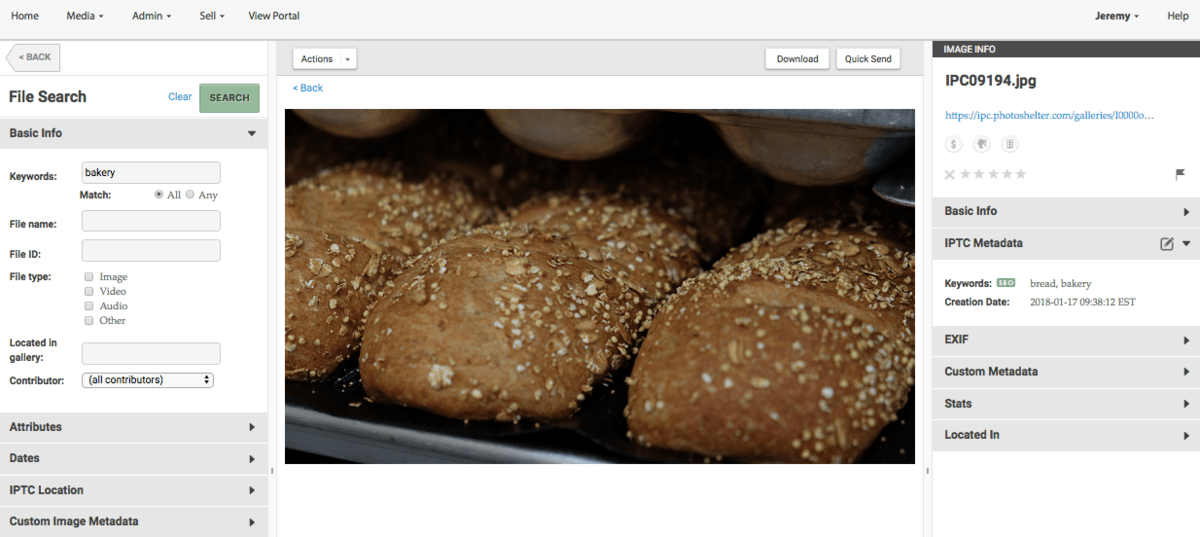
Stakeholders can run a quick search to find exactly what they need, or they can browse the collections and galleries they have permission to see.
The library is broken up into different collections for branding, images, logos, PDFs and documents, and videos. Then, stakeholders can drill down into those collections. For example, they might navigate from “Images,” to “Photoshoots,” to “Bread,” where they can find 75 images that show how bread is made and displayed at restaurant locations.
3. A consistent brand, without a learning curve.
As a designer, Jeremy was drawn to PhotoShelter because it was clean and user-friendly. He knew stakeholders of any background would be able to go in and find what they need, without any training.
He sent out one email to tell people where to find assets, and the team jumped on board right away.
“It’s allowed me to set a standard for brand and design and photography, and then everybody else to get on the same page immediately,” says Jeremy. “There’s no learning curve of, here’s what we think you should do and here’s what we want – if it’s in there, I give them access to what’s approved.”
Now, 60 global IPC stakeholders have permission to see and download approved IPC assets. Plus, 250 people in the IPC North America office can log into IPC’s media library through single sign-on (SSO).
In just two weeks since they started using PhotoShelter to share creative assets, these stakeholders have downloaded 1,782 files.
“A lot of people are using this – even more than I had previously thought,” says Jeremy.
Jeremy’s experience proves that the easier it is for your stakeholders to find and access your approved creative assets, the more likely they will be to actually use them.
With this new system, Jeremy can keep everyone on the same page and keep branding consistent across the board.
“I think the sky’s the limit for what it can do for us,” says Jeremy.
The Takeaway
Maintaining a strong, consistent brand doesn’t have to be difficult or overwhelming.
Now, Jeremy can keep thousands of stakeholders on the same page with one simple tool. Not only was the migration to PhotoShelter quick and easy, but it will continue to save time and money for Jeremy and his stakeholders on a regular basis.
Less than a month after signing up for PhotoShelter, his team members have already adopted the new system. They’re downloading on-brand assets regularly, and helping IPC maintain a consistent look and feel in their communications.
Cover image by Jeremy Fletcher, IPC.
